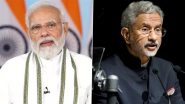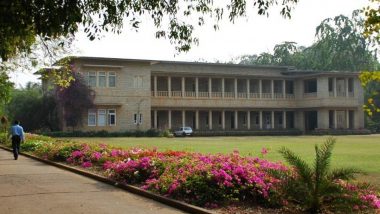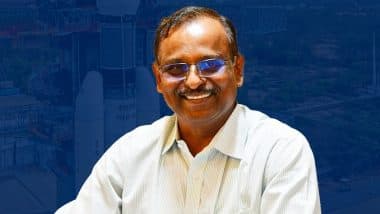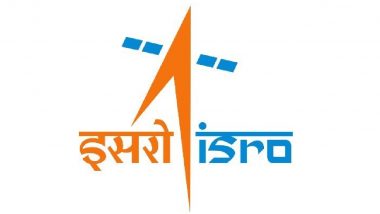Bengaluru, April 1: Researchers at the Raman Research Institute (RRI) have successfully demonstrated secure communication established between a stationary source and a moving receiver using Quantum Key Distribution (QKD).
This breakthrough demonstration could pave the way for ground-to-satellite-based secure quantum communication in future, a statement issued by the RRI said on Saturday. India From Space Photos: ISRO Shares First Images of Earth Taken by OceanSat-3 and Here's How India Looks.
"These results, scientists say, could help India design and provide secure communication channels, especially for defence and strategic purposes, enhance cyber security and make online transactions safer than today," the statement read.
In order to achieve this feat, a team of researchers led by Prof Urbasi Sinha at the Quantum Information and Computing (QuIC) lab deployed the indigenously developed Pointing, Acquisition and Tracking (PAT) system. The PAT assisted the ground-based source in tracking the moving receiver in this case, a terrestrial vehicle, a few metres apart. The successful experimental demonstration was held at RRI in early March this year, the statement read.
It added that this work is part of the Quantum Experiments using Satellite Technology (QuEST) project for which RRI has been collaborating with the UR Rao Satellite Centre of Indian Space Research Organisation (ISRO) since 2017.
"The present demonstration is in continuation to the QuIC lab's demonstration of QKD established between two buildings located on the RRI campus using an atmospheric free space channel in February 2021, another first in India," according to the RRI. Science Enthusiasts to Get Opportunity for Interacting with Space Scientists at Exhibition.
In a satellite-based long-distance quantum communication, the ground station needs to keep the line of sight with the moving satellite, the RRI said.
"Even though the PAT system has widely been used in satellite communications, achieving the establishment of secure quantum key distribution using PAT system between a stationary source and a mobile receiver was not achieved in India before," the statement read.
"We are very happy with this new achievement. As this phase of the experiment coincided with the second wave of the COVID-19, we dealt with several issues related to changes in team members, delay in procurement and newer COVID variants. Nonetheless, the team, including members of the lab as well as the workshop and allied facilities at the institute worked tirelessly to make this happen," Prof Sinha was quoted as saying.
(This is an unedited and auto-generated story from Syndicated News feed, LatestLY Staff may not have modified or edited the content body)












 Quickly
Quickly



















